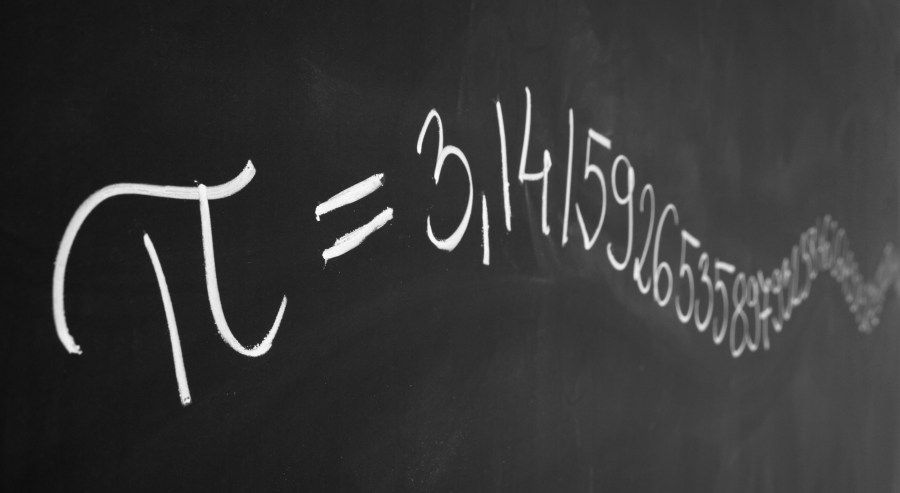Prove F X Square Root of X is Uniformly Continuous 0 Infinity

Mathematics is rooted in numbers, yet alphabetic symbols have long played a part in complex math and science. While it may not be immediately obvious how letters fit into mathematics, they are highly useful in the field. Letters help to simplify challenging problems, solve for unknown values, and make complex math accessible to everyday learners. What do letters represent in math? What types of letters are used? And how can you expect to see them applied in different equations?
What Do Letters Represent in Mathematics?

In mathematics, alphabetic letters function as placeholders for variables and represent functions. While we tend to think that letters only come into play within advanced mathematics, it might be useful to realize that letters can play a role in simple or basic math as well, where values are smaller and non-complicated. For example, you could ask someone what two plus two is. Or you could write out 2 + 2 = x, in which case that someone should determine that x = 4. A letter often represents a value that hasn't been solved for yet, but not necessarily one that requires advanced techniques to solve.
There are many benefits to using letters in math. They allow mathematicians to simplify lengthy or convoluted equations to digestible formulas. This helps both students/educators and fellow mathematicians who might utilize or solve their formulas. Letters are also crucial for solving equations with missing or unidentified values and representing numbers that would not otherwise fit within the bounds of an equation (such as pi). Letters representing variables or functions are included on most advanced calculators. This helps users utilize their available tech to solve mathematical problems more efficiently.

Mathematics largely relies on Roman letters and sometimes Greek letters. Using letters from a mixture of alphabets also allows for a wider representation of various numbers, functions, and variables. Mathematics commonly pulls from Roman and Greek lettering, though it also relies limitedly on other alphabets, such as Hebrew. Roman letters are found mainly in algebra, while Greek letters are common in other advanced math and science fields.
Roman Letters and Their Applications
As mentioned above, sometimes letters act as placeholders for values that are unknown or not yet identified. The letter x often serves this purpose, but w, y, and z are also commonly used in this way. Some Roman letters represent unknown or unsolved for values in very specific contexts. For example, the letter a is used to denote area. To solve for the area of a rectangle, one multiplies the length by the width of the shape. This formula is represented as a = l x w. In this case, a, l, and w all indicate unknown values, but also provide important context for solving the problem.
As formulas become more complex, more numbers become useful. If we're solving for the dimensions of a 3d shape, for example, we might use V for volume. Volume would be the length times the width times the height of the shape, or put differently, V = l x w x h. Once you understand what the letters in a formula mean, their presence becomes helpful rather than confusing.
Greek Letters and Their Applications
Mathematics and related fields use all 24 Greek letters in equations, functions, and formulas. To non-Greek speakers, the application of these letters may be less intuitive, but learning them as letters rather than just symbols can be helpful for remembering their purpose. For example, ∑ often means sum. You could memorize that that shape means sum, or you could learn that letter as the Greek letter Sigma (the equivalent of a Roman alphabet's "s").
You may recognize this letter as the symbol for "sum" on a spreadsheet. For example, if you needed to add all of the numbers in the first 20 cells of a spreadsheet, you might click the sum button and be prompted to fill out something that looks like: ∑(1,20). This would tell your spreadsheet to add together all 20 values. This is how the sigma symbol is used in mathematics as well. Or rather, this is one real-life example of a mathematical equation in action.
Greek letters are highly functional in calculus, statistics, trigonometry, and the physical sciences. Most learners are first introduced to the Greek letter pi, which looks like π and is pronounced "pie". Pi is the resulting value when you divide a circle's circumference by its diameter. Pi is considered an infinite decimal, which makes it impossible to use just numbers to represent it in an equation (though in most cases, simply using 3.14 will get you close enough to the solution you need). Fun fact, last year Swiss researchers set a new world record by solving pi to its 62.8 trillionth decimal place.
In calculus, Δ, the Greek letter delta, represents a small change in a value and can be paired up with other variables to show limited changes in their size (Δx indicates a small change in x). Though all 24 Greek letters can be seen in mathematics, yet you are most likely to encounter these ones in common equations.
Hebrew letters are occasionally used in mathematics as well, though only at a very high level, so we won't go into details here. Hopefully this explainer will help you decode the common letters likely to show up in the mathematics you may find yourself using in your everyday life.
Source: https://www.reference.com/world-view/letters-in-mathematics?utm_content=params%3Ao%3D740005%26ad%3DdirN%26qo%3DserpIndex&ueid=f81efded-35f0-4602-b5f3-7d2d86c2cc36
0 Response to "Prove F X Square Root of X is Uniformly Continuous 0 Infinity"
Postar um comentário